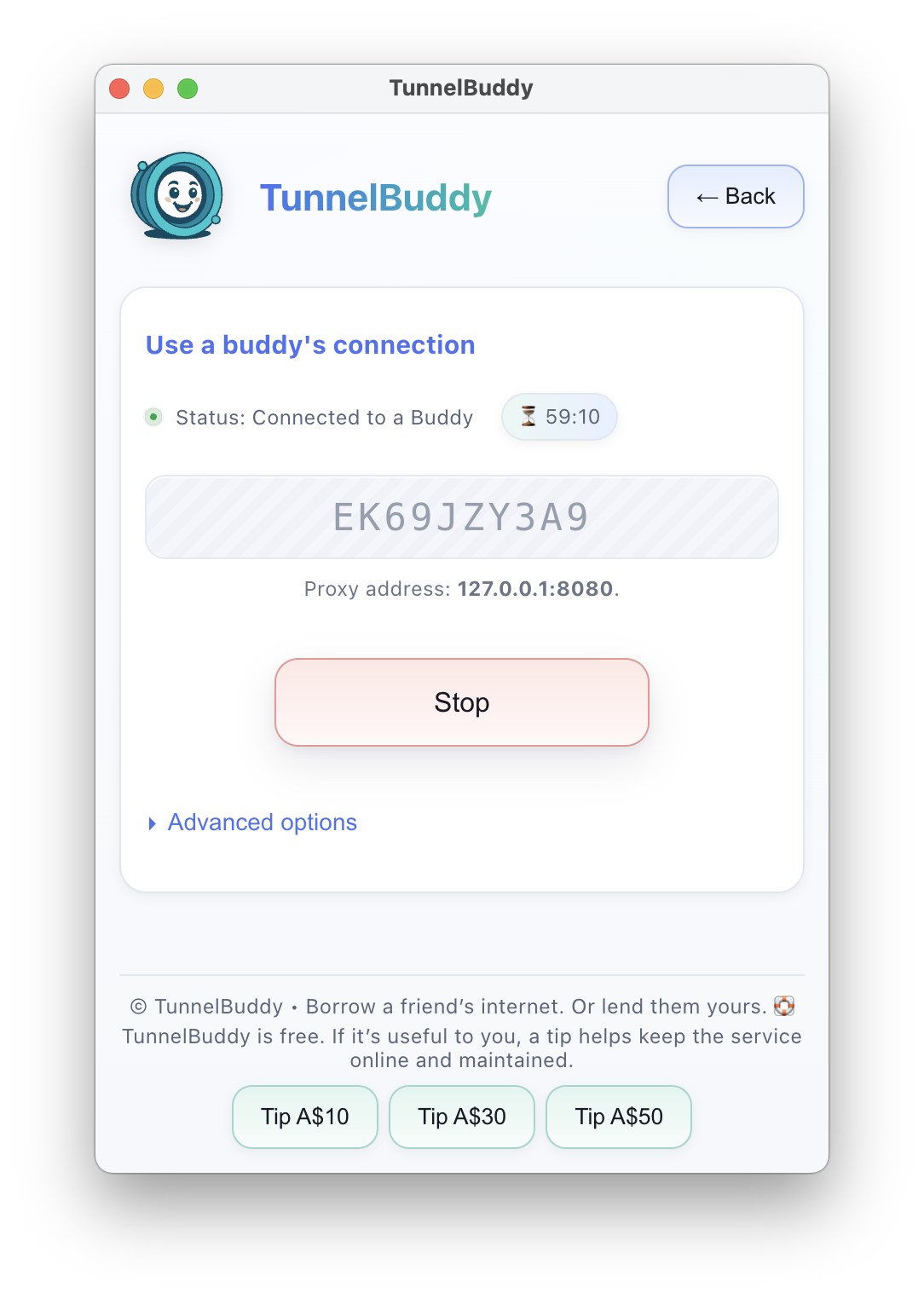#way-secure
Source | Mailing List | Chat
A helper to create Wayland security contexts via security_context_v1.
#Usage
way-secure needs to be provided with the socket where the compositor will listen to events. The parent process needs to create the socket, bind it and prepare it to accept connections by calling listen(2).
Create a socket at a given path:
way-secure --socket-path /run/user-1000/wayland-secure-context-123For shell scripts, consider using s6-ipcserver-socketbinder:
s6-ipcserver-socketbinder /path/to/socket way-secure --socket-fd 0The optional flags --sandbox-engine, --app-id and instance-id may be provided to relay metadata to the compositor.
An optional file descriptor provided via --close-fd can control when the compositor ought to stop listening for new connections. If this flag is not provided, way-secure will remain in background, and the secure context will continue accepting connections until the way-secure processed is killed.
Use the --ready-fd flag for readiness notification.
#Building
Build with cargo build --release. The resulting binary will be available in ./target/release/way-secure.
#Basic testing
Set up a socket:
s6-ipcserver-socketbinder $XDG_RUNTIME_DIR/wayland-4 cargo run -- --socket-fd 0And run wayland-info pointing to it:
WAYLAND_DISPLAY=wayland-4 wayland-info#Security
Using a secure-context is required to create a secure sandbox on a Wayland desktop, but not sufficient. A client can trivially just inspect $XDG_RUNTIME_DIR and find a fully privileged socket. This tool is intended to be used in concert with other sandboxing techniques.
#Licence
This project is licensed under the ISC licence. See LICENCE.md for details.
.png)




